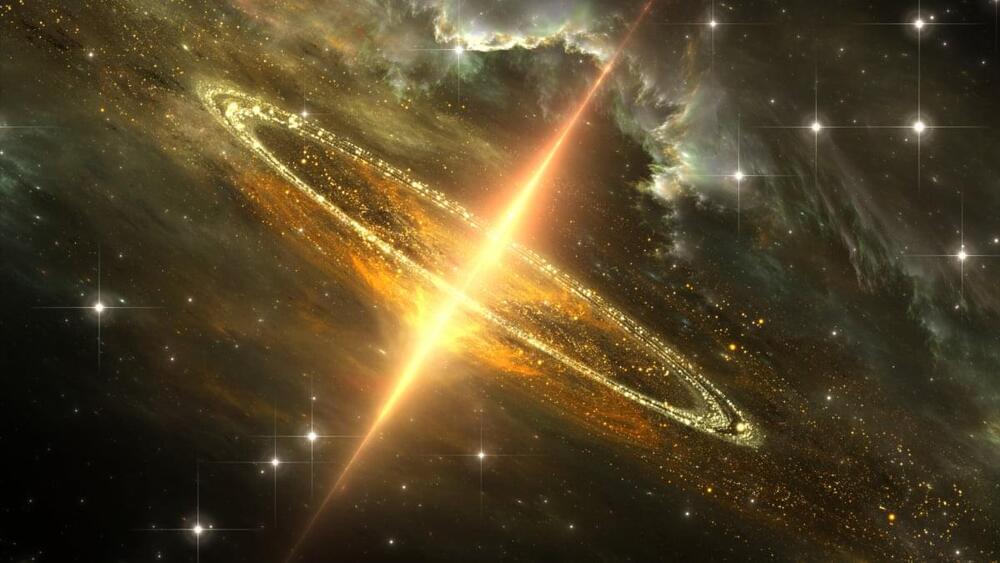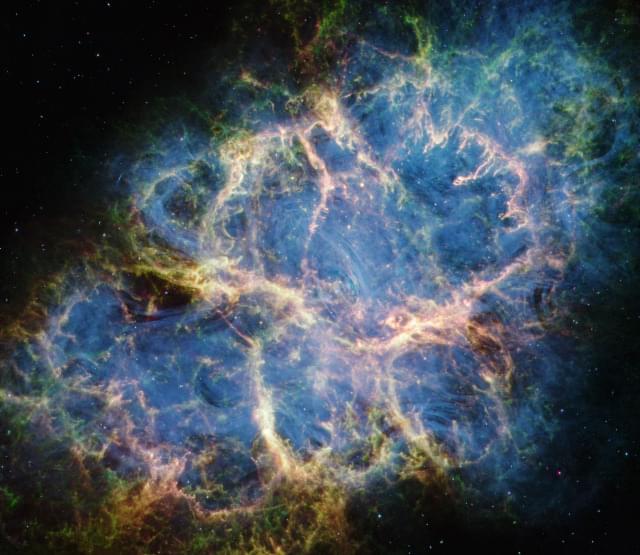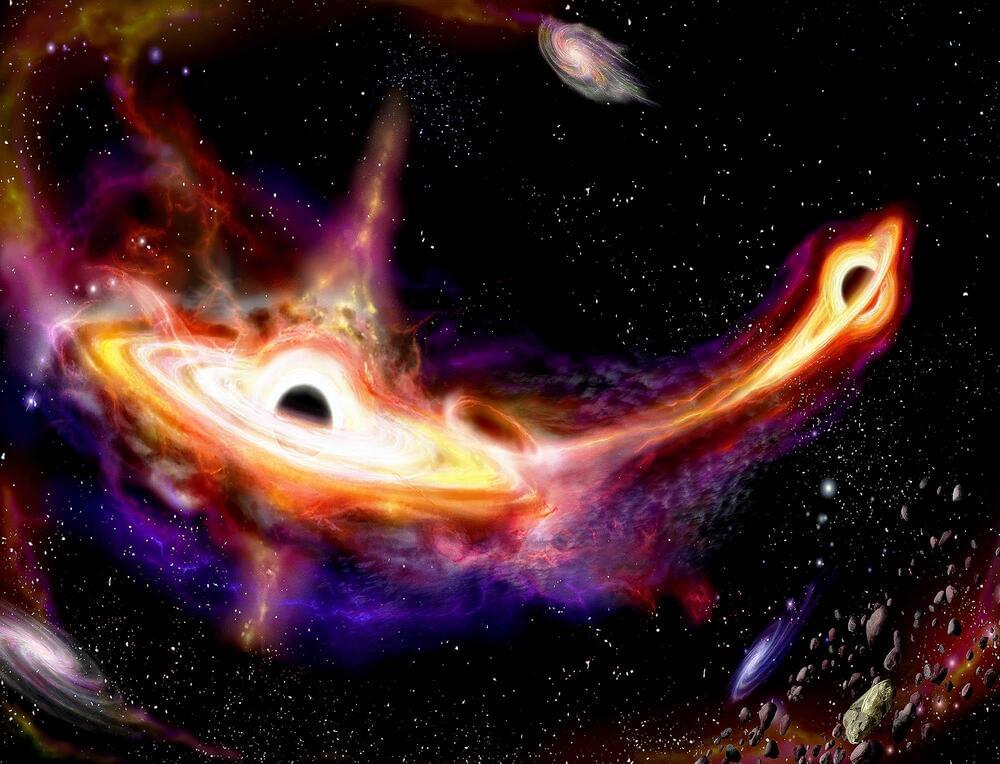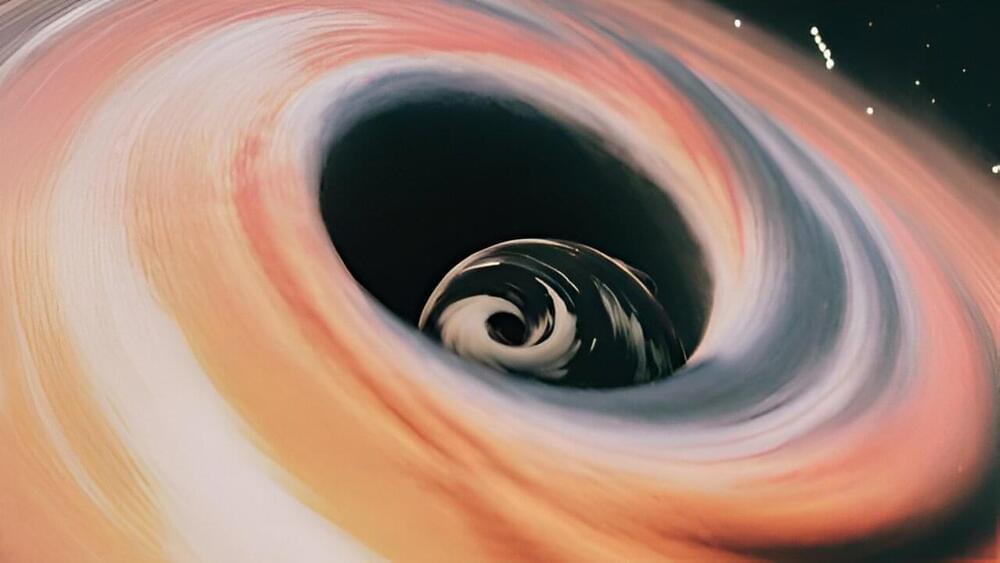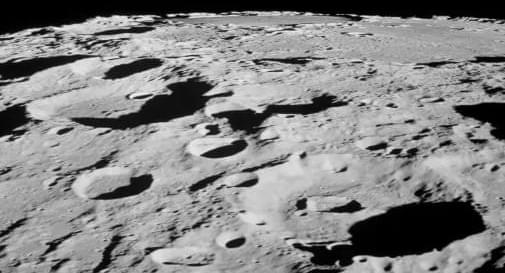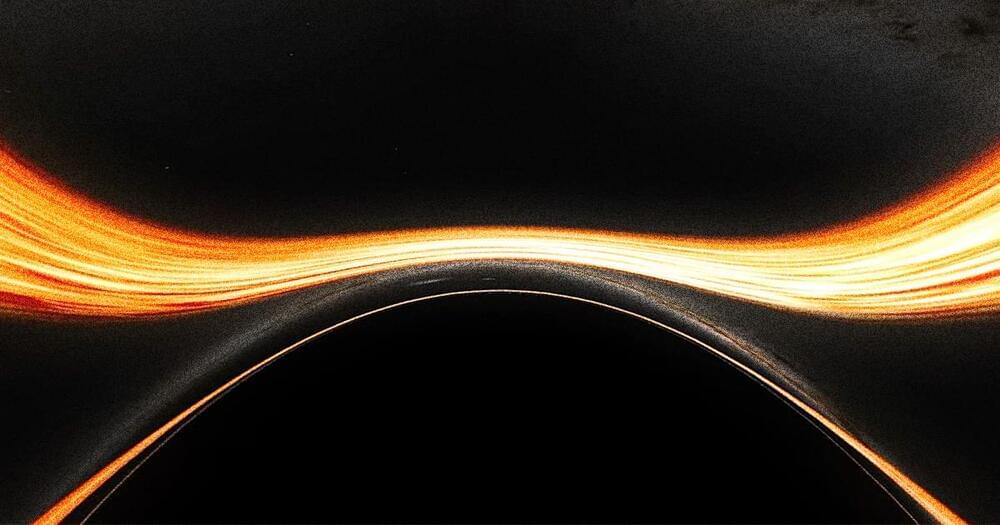Jun 20, 2024
Astronomers discover the 1st-ever merging galaxy cores at cosmic dawn
Posted by Shubham Ghosh Roy in category: cosmology
Two superluminous quasars, or active black holes at the centers of large galaxies, were found just 900 million years after the Big Bang — the earliest detection of a pair of merging quasars ever seen.

